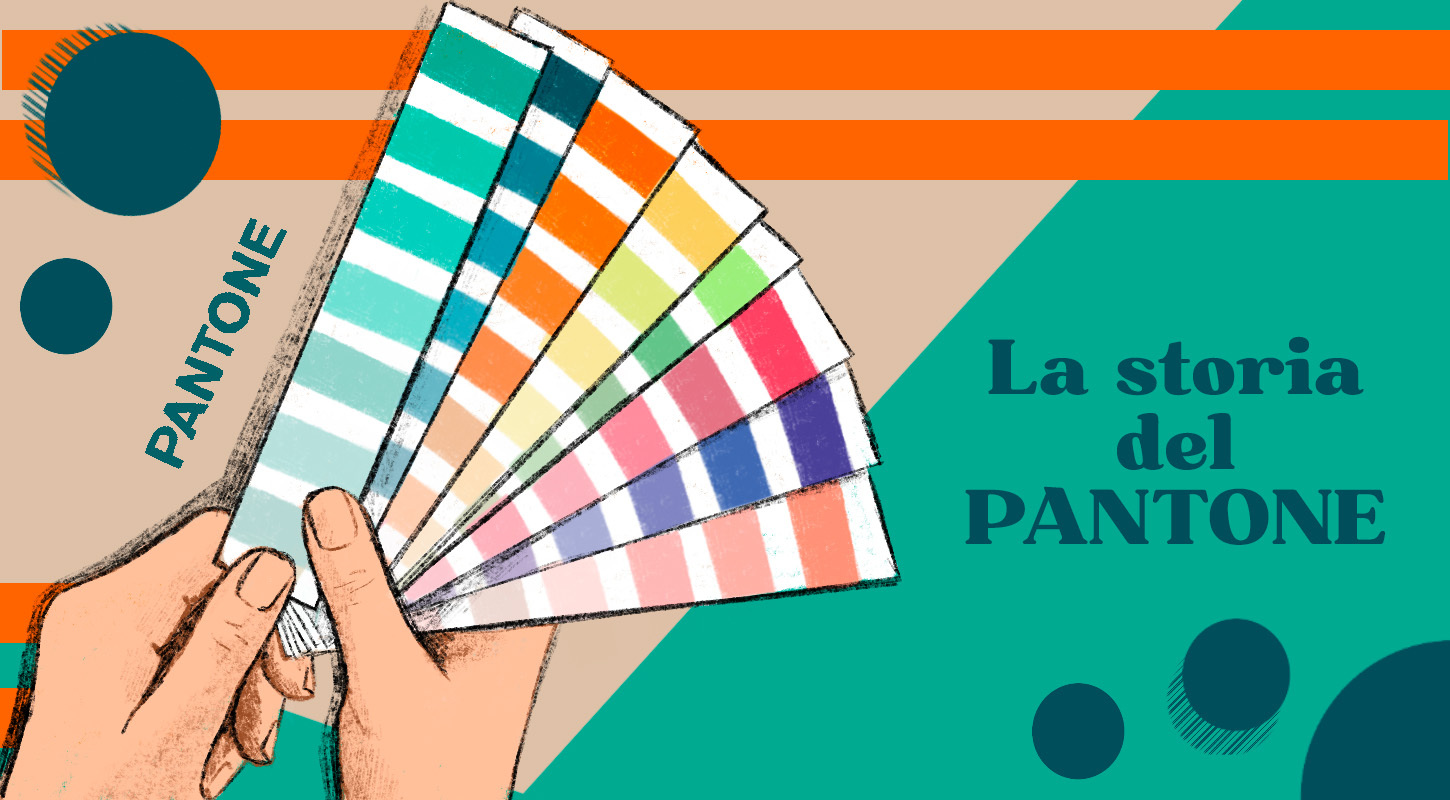Let’s start with an assumption: the logo is one of the distinctive elements of a Brand. We positively “read” what strikes us at first glance.
People memorize images more easily because the human brain is very efficient at processing visual information. Images are often more vivid and immediate than words, so they are easier to remember.
Fonts for logos: there is no such thing as a beautiful or ugly font, there is the right font for your brand
In reality, there is no such thing as a good or bad font, there is, however, a suitable font, and that is why when we have to choose a font for a brand logo, we have to put personal taste aside.
Indeed, to avoid making choices that are wrong, unsuitable, or that simply follow graphic trends, it is necessary to evaluate some essential aspects of Brand Visual Identity in order not to waste time and make mistakes.
Logo font and how to choose it: 4 aspects to keep in mind for your branding
1. The design purpose in choosing a logo font
Before embarking on choosing a font for logos, we need to consider what the purpose and reaction we want to achieve with our design is in order to avoid going off topic and stay true to our goals.
2. The aesthetics of the font
Assessing the aesthetics of the logo font allows us to be consistent with the expectations of the audience we want to reach. If it is a refined audience, the choice of font should be in line with that characteristic. Instead, if our audience is very young, we will aim for a more dynamic, joyful and vital aesthetic.
3. The Mood of the Font
You may be surprised to know that fonts also have “a soul.” Well yes, logo fonts are designed to convey an emotion, to be perceived in a certain way, to elicit a reaction, and to affect our perception of a brand.
Some logo fonts are made exclusively for certain jobs and are therefore not accessible to everyone, but once the exclusivity expires they become public.
Examples of historical fonts: the history of Gotham for Obama’s campaign
This was exactly how it went for Barak Obama’s election campaign, where the Gotham font was chosen, at the time commissioned by GQ magazine from type designers Tobias Frere-Jones and Johnatan Hoefler.

At the time, Gotham was born to be cool, masculine and assertive, perfectly in line with the message that GQ wanted to target its male audience. Once the exclusivity expired, the Gotham began to win over designers around the world until it became Barak Obama’s election poster, later achieving the title of FONT OF THE DECADE.
Certainly, the choice to include Gotham was the winning one, and the mood of the font, clean, essential, and assertive conveyed confidence and assurance while keeping consistent with what the public figure wanted to achieve.

TIP: if we like a font and think it is a good fit it always pays to dig deeper and gather information to make sure its nature matches what we want to tell with our design.
4. Font readability
Last, but not least, is readability.
Douglas Bonneville, graphic designer, defined this using two words: legibility and readability. Both literally mean legibility, but are different in purpose.
Legibility refers to the structure, understood as the thickness of the typeface, also including aspects such as the spacing between letters, the presence or absence of grace (Serif or San Serif) decorative elements, and so on.

Obviously, if the intent is readability some richly decorated or overly articulated line fonts will have to be objectively discarded right away.
Readability, on the other hand, refers to the composition of the text and its entirety. Obviously, the readability of text is determined by legibility, but also by other aspects such as size (font body), colors, contrasts, alignments, and all the elements that promote reading.
Some fonts for example, are designed to work best on headlines, some are designed for long text, and some are designed for posters and flyers.
Realizing that one font worked in a given context and that two matching fonts look good simplifies research and frees us from subjective choices.
Larry’s word!
If you’re looking for a font agency for your new logo, you’ve come to the right place. We simplify your search and invite you to browse the Larry’s Portfolio .







